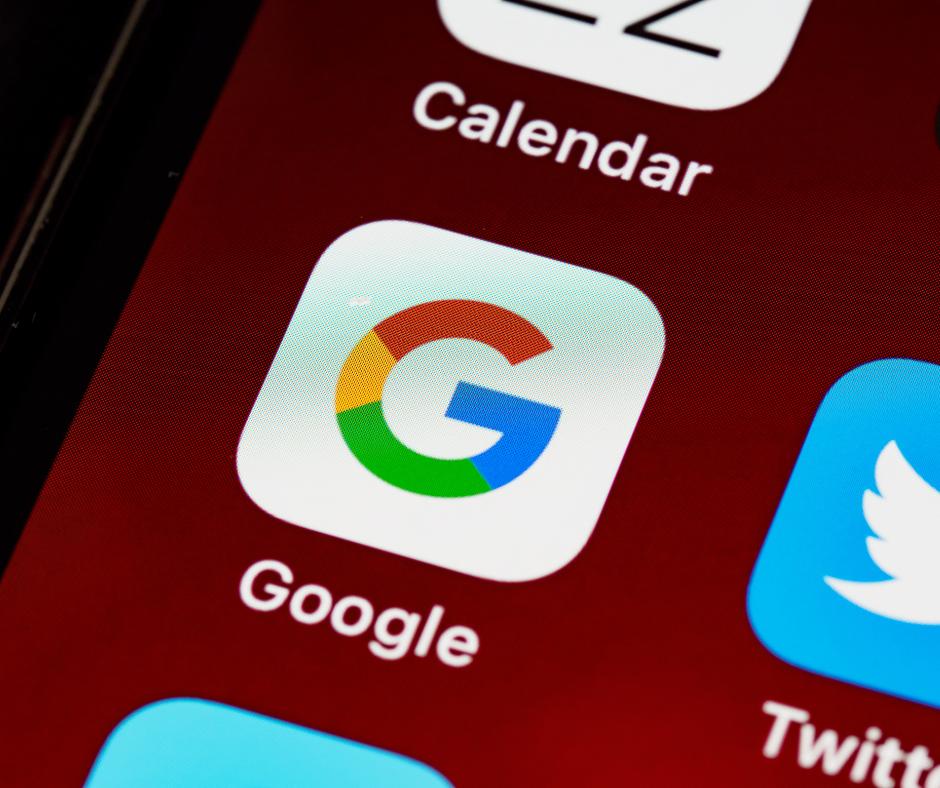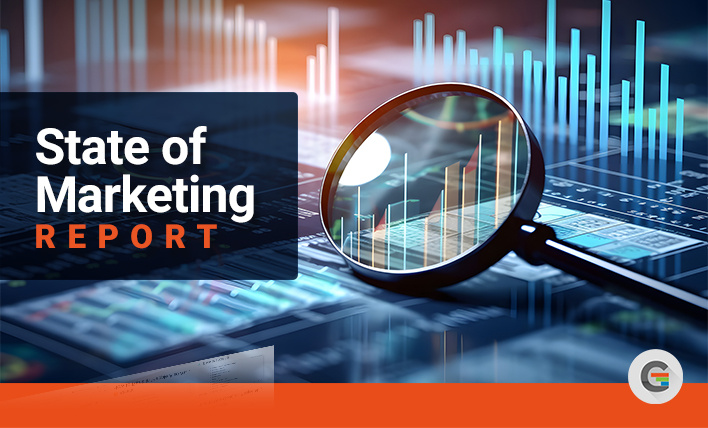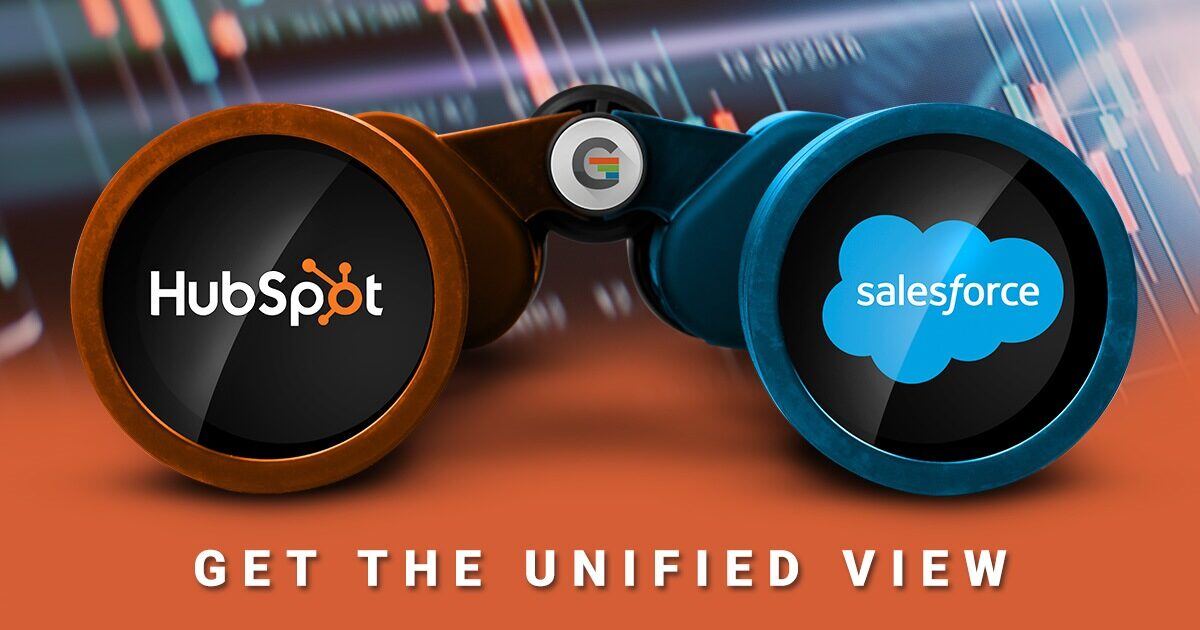2022 Trends In Google Pay Per Click Ads

How to use Google’s recent changes to its tools for better paid-search results
Paid search advertising can be an effective lead generation tool for your B2B marketing program. Because Google is the world's largest search engine, it makes sense that Google Ads (formerly Google AdWords) is the most used tool in paid search advertising. And while the basic idea behind search advertising has remained unchanged over the years, often Google makes small changes to its tool that can make a big impact on your paid search advertising program.
This year, recent tool changes in four areas should cause you to update your Google paid search ad strategy:
- Keyword match type
- Responsive ad text
- First-party data
- Video ads
Focus on exact match keywords
While keywords are only part of the equation when it comes to Google Ads, they are critical to any B2B paid search strategy. Ensuring that your keywords align with the queries that potential customers are using in their Google searches is essential for achieving strong click-through and conversion rates. One of the best ways to ensure your ads are reaching the right audience is to take advantage of the different keyword match types available within Google Ads.
Within the past year, Google has made changes to how it matches ads to various keyword match types. For example, it stopped supporting modified broad match keywords in July of 2021. It has also gotten more generous about how it matches phrase-match keywords, by including near matches. This means Google can now show your ad on a search that its algorithm determines could be related to your keyword, even when your keyword doesn’t appear in the actual search query.
For B2B advertisers, these changes mean a growing need to use exact-match keywords to deliver ads only on the most relevant search queries. The drawback to this is that it can limit how often your ads are shown. This is why we still recommend phrase match, potentially at a lower budget than exact match. And broad match can often be left out of the mix entirely.
Responsive ad text
Another change that Google is implementing is the use of responsive ad text. Traditionally, within Google ads, advertisers had the option to create expanded text ads with three headlines of 30 characters or less and two descriptions of 90 characters or less. However, Google is ending support for expanded text ads by mid 2022, requiring advertisers to make the switch to responsive ad text.
Responsive ad text gives advertisers the option to add additional headlines and descriptions to an ad. This format gives Google the ability to select which text to deliver from on the options provided by the advertiser, based on what Google predicts is most likely to generate a click.
This ad format is great for advertisers who are pressed for time and want the best results. However, for advertisers who want to take a more scientific approach by A/B testing ad copy components, responsive ad text can pose a challenge. There’s a clever way around this by limiting the number of headlines and descriptions in a single ad and by pinning the pieces in place. This lowers your ad score, but the tradeoff is having data that teaches you what works and what doesn’t.
First-Party Data
In 2022, the privacy of search users has taken on a heightened priority. This can be seen in the expanded cookie tracking opt-ins that are appearing on websites, as well as the end of third-party cookies in browsers like Chrome, Safari, and Firefox.
For advertisers using Google Ads, it is still possible to reach people based on intent. Google Ads offers built-in first-party data, enabling advertisers to target in-market and affinity-based audiences. This means advertisers can select priority interests of their target audience and set bid adjustments, signaling to Google that the advertiser is willing to pay an elevated bid for clicks from people with certain interests. This is recommended to improve targeting on all video and display campaigns, and can be used to improve search campaigns as well.
Video Ads
It has never been easier for small and medium-sized businesses to appear right alongside the bigger competitors. This is great for companies offering products that are best demonstrated visually. Videos that can be shortened to six seconds can even run as non-skippable bumper ads that play before or during another video.






